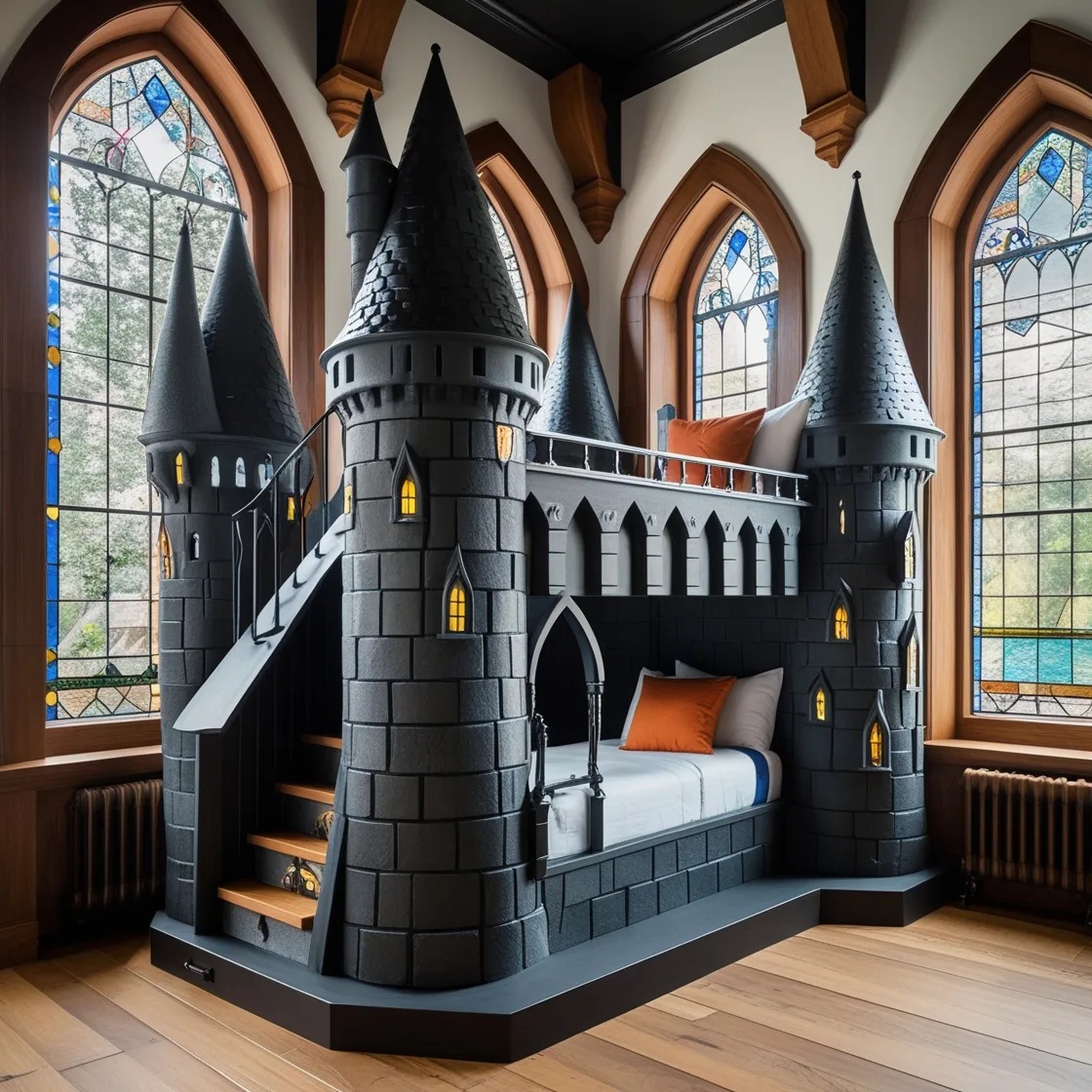Ever wondered how to maximize space and style in your bedroom? Look no further than the versatile charm of a wooden bunk bed design. From cozy cottages to modern lofts, these beds are a game-changer for any room. With their space-saving functionality and timeless appeal, wooden bunk beds offer a perfect blend of form and function. Whether you’re furnishing a kid’s room or creating a guest retreat, these designs cater to all needs. Get ready to elevate your living space with the classic elegance of wooden bunk beds.
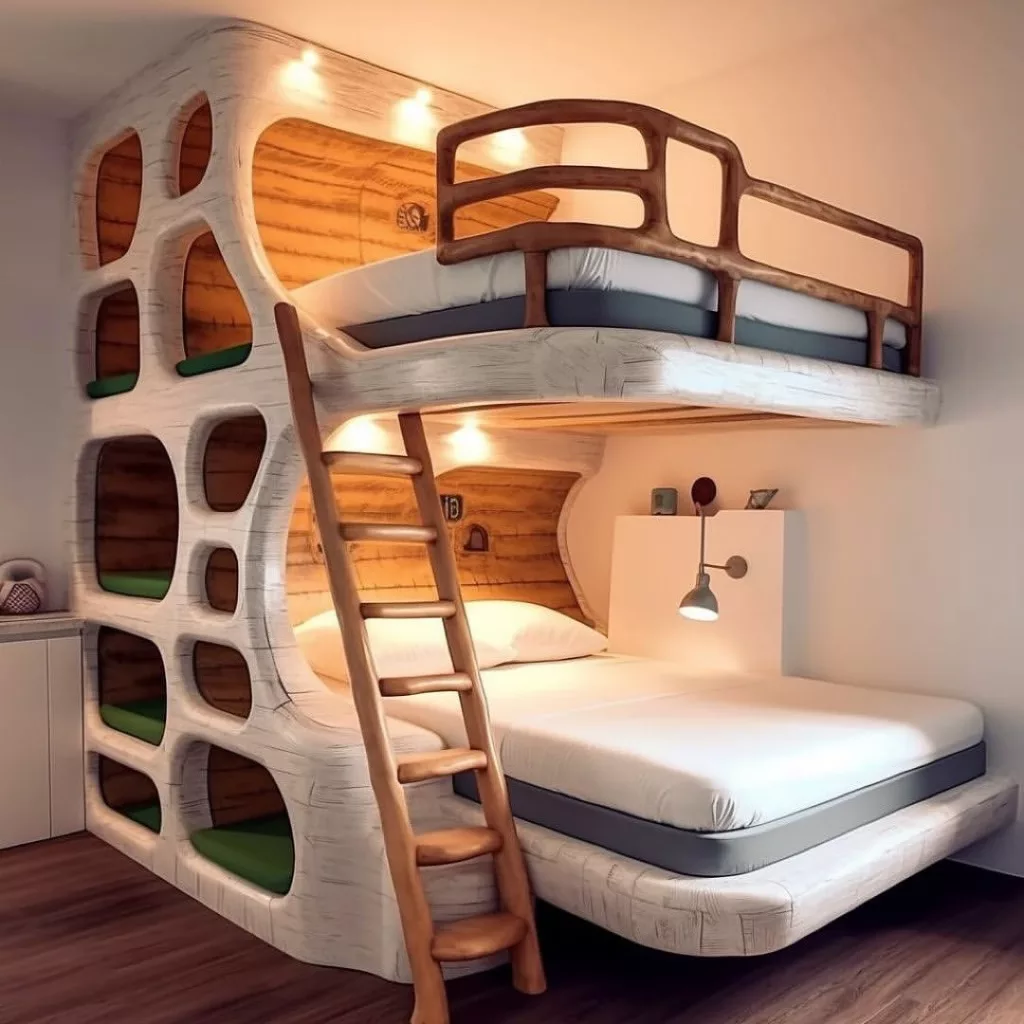
Benefits of Wooden Bunk Beds
Space Efficiency
Wooden bunk beds are ideal for saving space in small rooms, making them perfect for children’s bedrooms or dormitories. The vertical design allows you to maximize floor space, providing room for other furniture or activities.
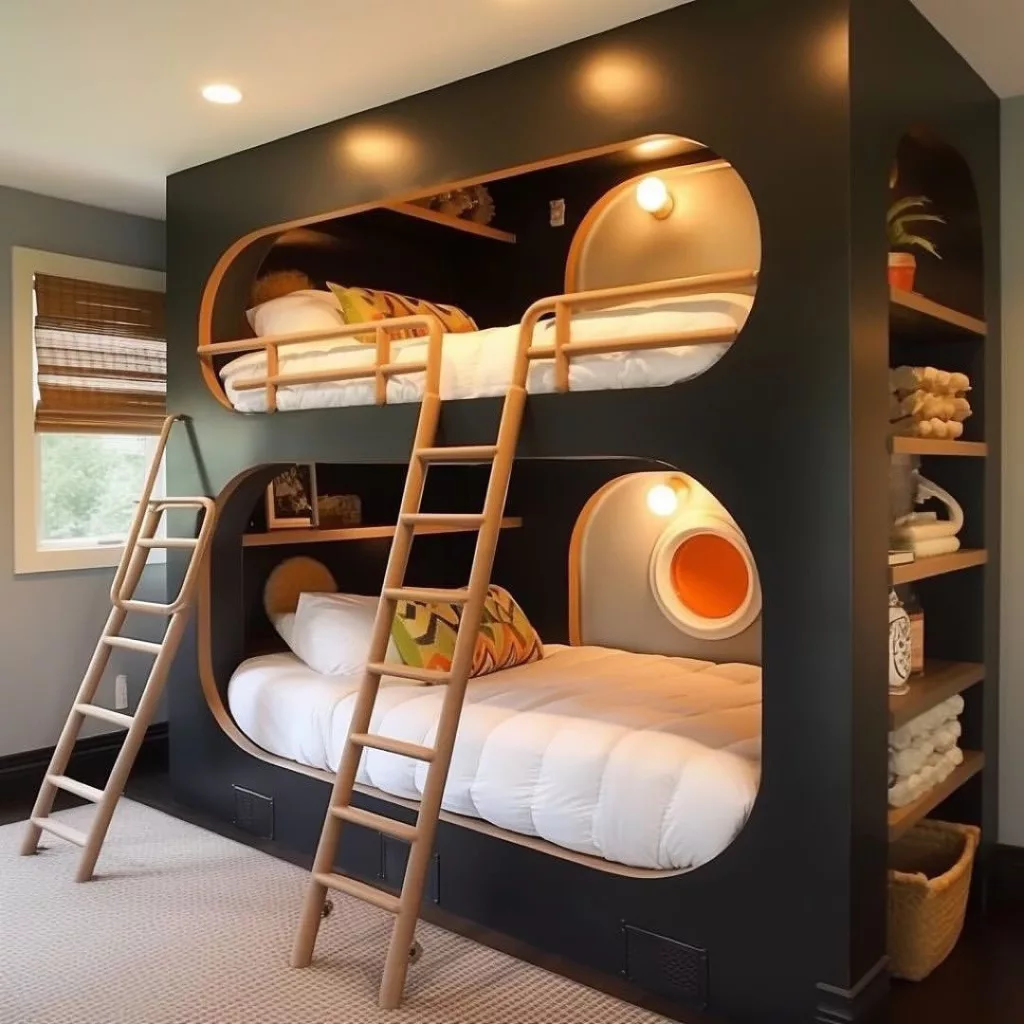
Bunk beds made of wood are a practical choice when you need to accommodate multiple sleepers in a limited area. By utilizing the vertical space effectively, you can create a cozy sleeping environment without compromising on comfort.
Extra Sleeping Options
One of the significant advantages of wooden bunk beds is their ability to offer extra sleeping arrangements for guests or larger families. When relatives or friends come over, having a bunk bed ensures that everyone has a comfortable place to rest without the need for additional mattresses or sofas.
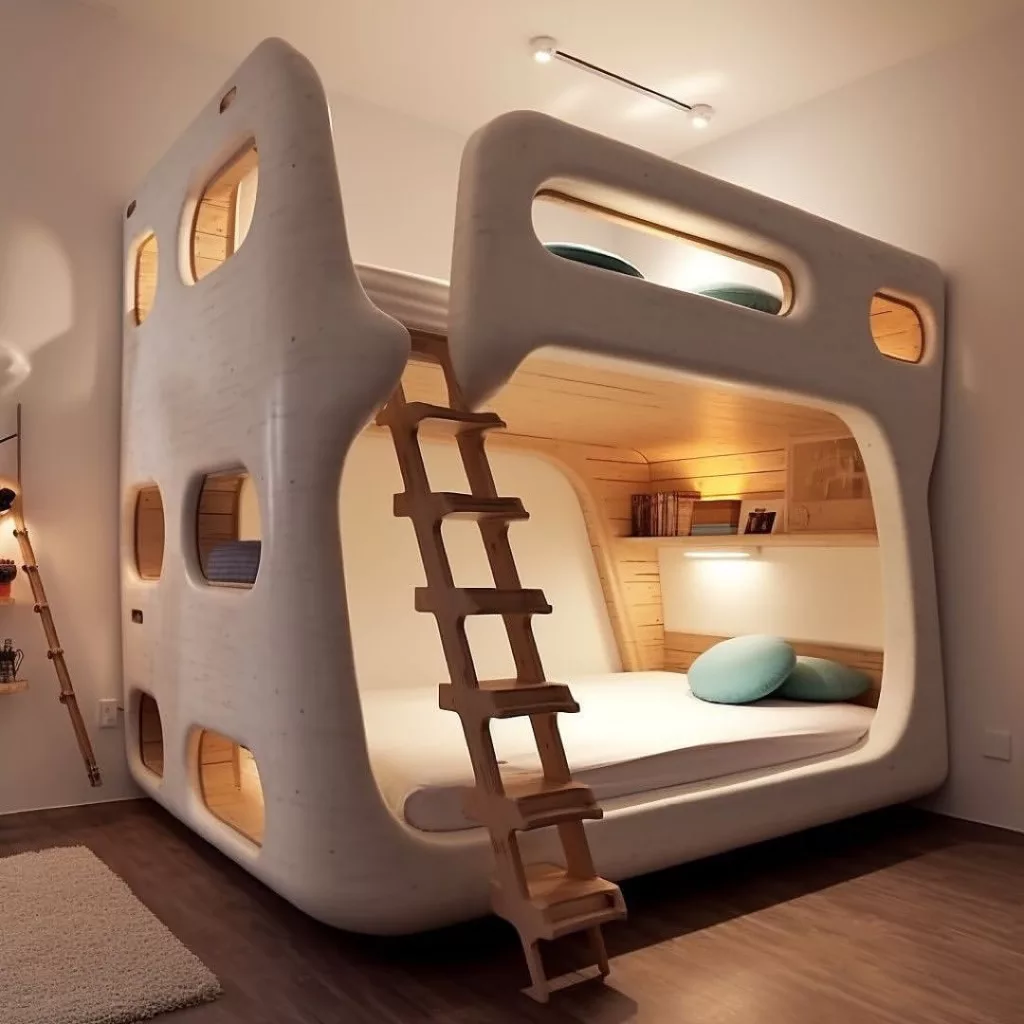
With sturdy construction and reliable support, wooden bunk beds provide peace of mind when hosting guests overnight. The robust nature of wood ensures that the bed frame can withstand regular use and remain stable over time.
Durability and Longevity
Wooden bunk beds are renowned for their durability and sturdiness, making them an excellent investment for long-term use. Unlike metal frames that may bend or warp with frequent usage, wooden bunk beds maintain their structural integrity even after years of service.
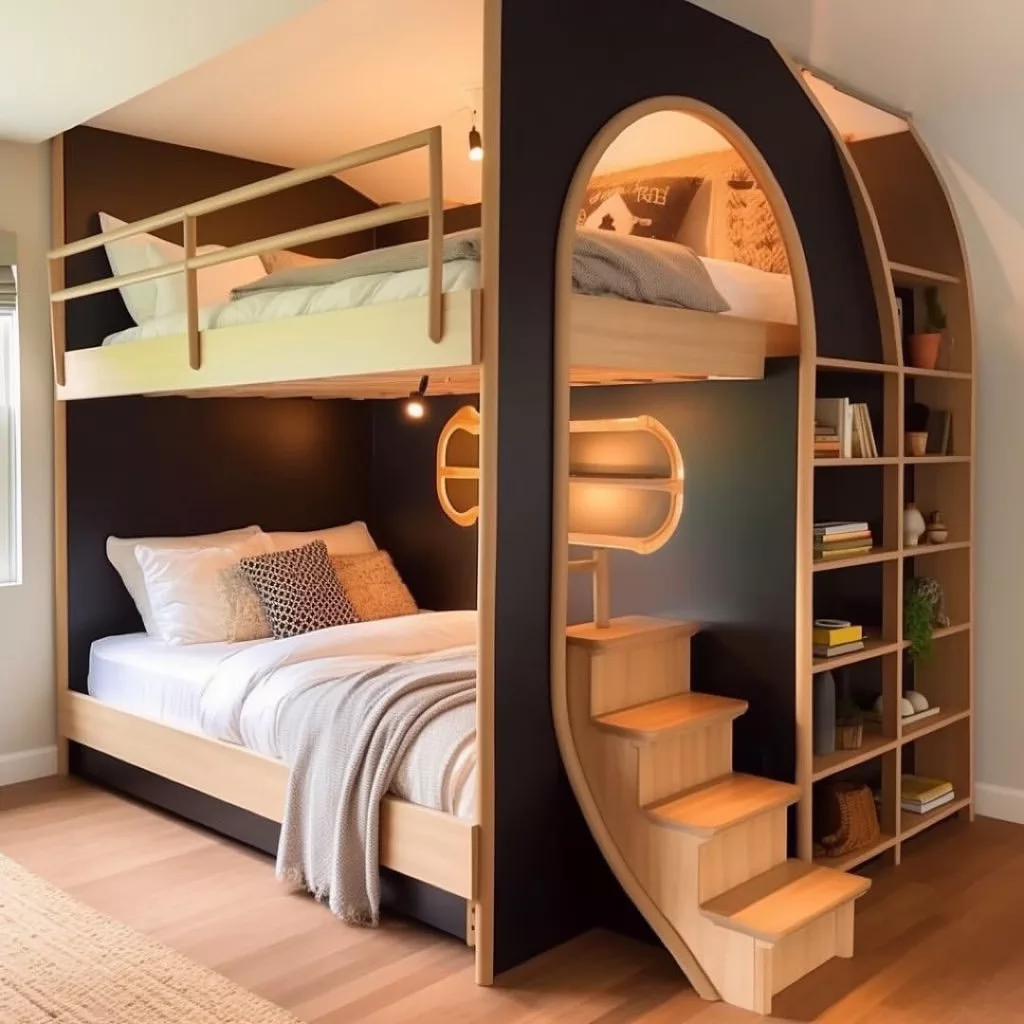
The natural strength of wood enhances the overall stability of the bunk bed, offering a secure and dependable sleeping arrangement. Wooden frames are less prone to squeaking noises commonly associated with metal structures, contributing to a quieter and more restful sleep environment.
Exploring Bunk Bed Designs
Popular Styles
Bunk beds come in various styles, including twin-over-twin, twin-over-full, and loft beds. These designs cater to different needs and room sizes.
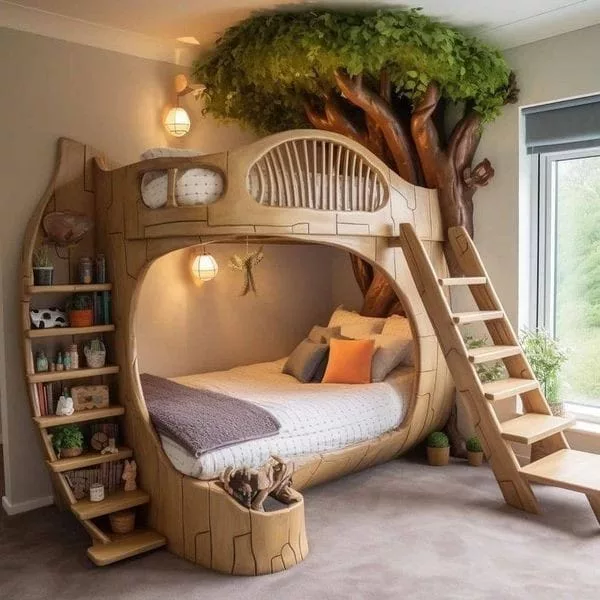
Bunk beds with a twin-over-twin configuration are ideal for smaller rooms or when space-saving is a priority. On the other hand, twin-over-full bunk beds offer more sleeping space on the lower bunk, accommodating older children or adults comfortably.
Versatility in Room Layouts
One of the key advantages of bunk beds is their versatility in accommodating different room layouts. Whether it’s a shared kids’ room or a compact studio apartment, bunk beds maximize vertical space efficiently.

The top bunk provides an elevated sleeping area, freeing up valuable floor space for other furniture or activities. This feature makes bunk beds an excellent choice for optimizing limited spaces without compromising on comfort.
Creative Design Options
To enhance functionality and aesthetics, many modern bunk bed designs incorporate creative elements like built-in storage compartments or study desks. These additions not only save space but also add practicality to the overall design.
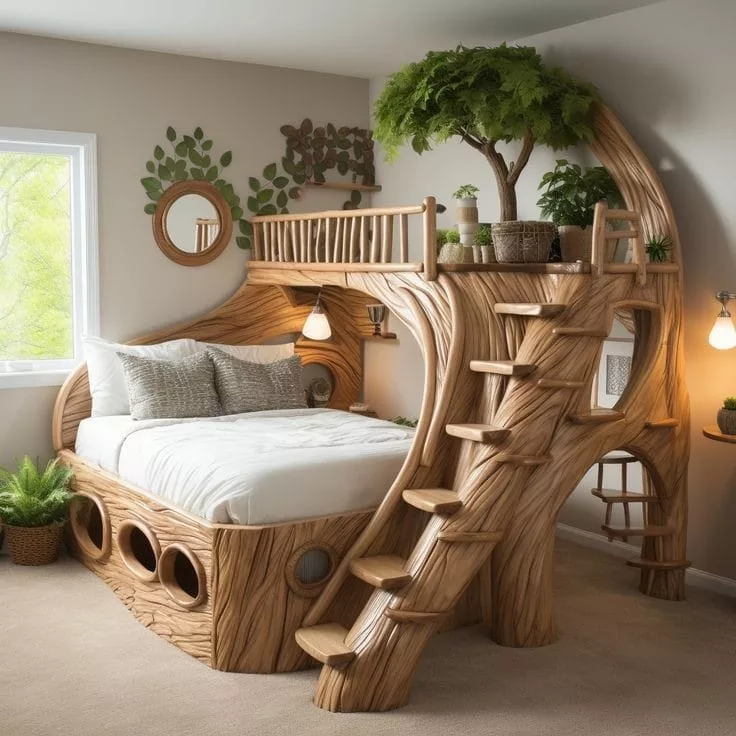
Built-in storage options include drawers under the bottom bunk or shelves along the sides of the bed frame. These features help keep the room organized by providing designated spaces for clothes, toys, books, and other essentials.
Incorporating study desks into bunk bed designs creates dedicated workspaces for children to focus on homework or creative projects. This addition promotes productivity while utilizing available space effectively.
Cutting Parts for DIY Bunk Beds
Essential Tools
To successfully cut parts for your DIY bunk bed, you will need a few essential tools. These include a circular saw, miter saw, jigsaw, measuring tape, and safety goggles. Having these tools on hand will ensure precision and efficiency in the cutting process.
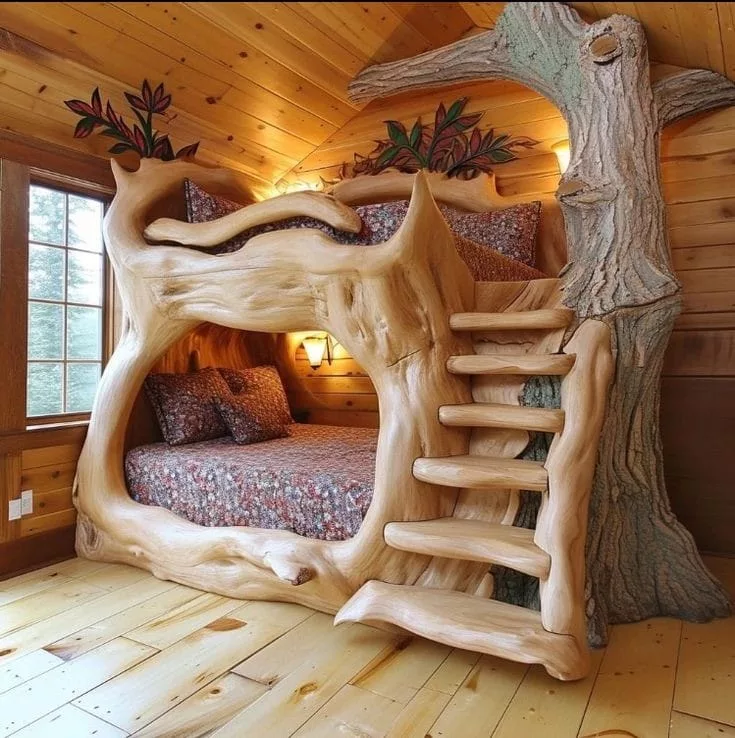
Importance of Accurate Measurements
Accurate measurements are crucial when cutting parts for a bunk bed. Proper measurements not only ensure that all components fit together seamlessly but also play a vital role in the safety and stability of the final structure. Even small discrepancies can lead to structural weaknesses, jeopardizing the overall integrity of the bunk bed.
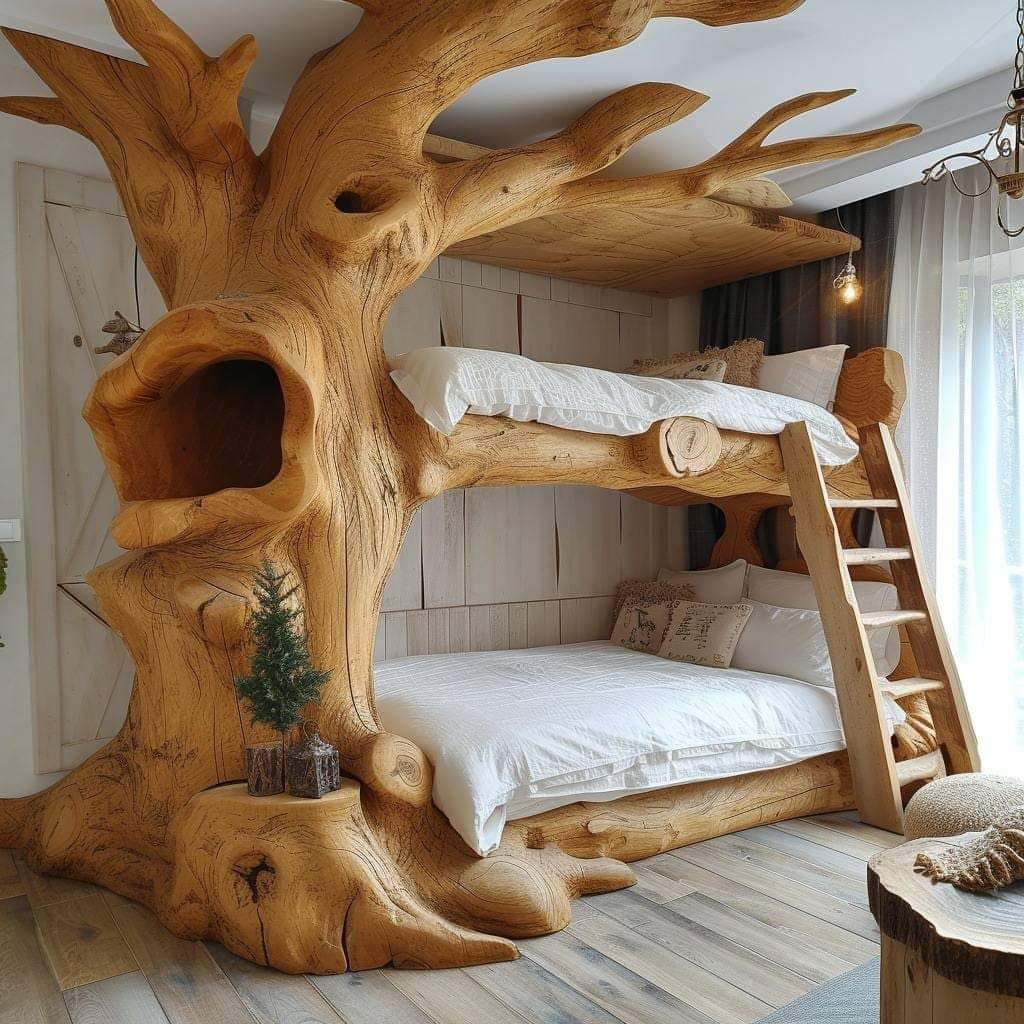
Selecting the Right Wood Type When embarking on a bunk bed project, choosing the right type of wood is paramount to its success. Opt for sturdy and durable woods such as pine, oak, or maple. These hardwoods offer excellent strength and durability, ensuring that your bunk bed is robust enough to withstand regular use. Consider factors like cost, aesthetics, and ease of maintenance when selecting the wood type.
Constructing the Bed Frames
Aligning Boards
To construct sturdy bed frames, start by aligning the boards properly for a strong foundation.
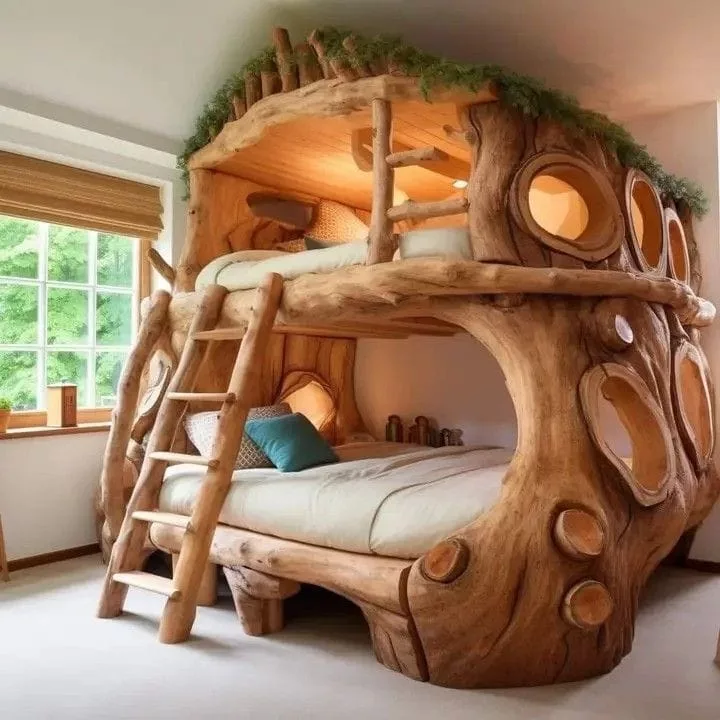
Begin by placing the longer boards horizontally and attaching them to the vertical posts securely.
Ensure that each joint is flush and level, providing stability for the overall structure.
Supporting Legs
Next, attach the supporting legs to each corner of the bed frame using screws or bolts for added strength.
Properly aligning and securing these legs is crucial to prevent wobbling or collapsing over time.

Consider using additional support blocks at key points along the frame for enhanced durability.
Pre-Drilling Holes
Before assembling all components together, remember to pre-drill holes in designated areas to ease the assembly process.
This step not only simplifies putting everything together but also prevents splitting or cracking of the wood during construction.
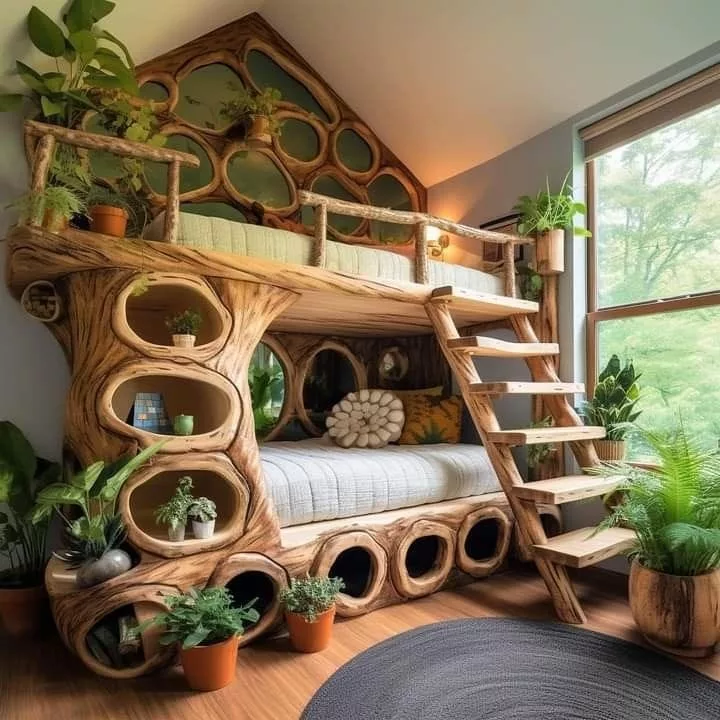
Pre-drilling ensures a smoother and more precise alignment of parts, contributing to a professional finish.
Assembling the Slats
Spacing
When assembling slats, ensure they are spaced evenly to provide optimal support for the mattress. Uneven spacing can lead to sagging and discomfort.
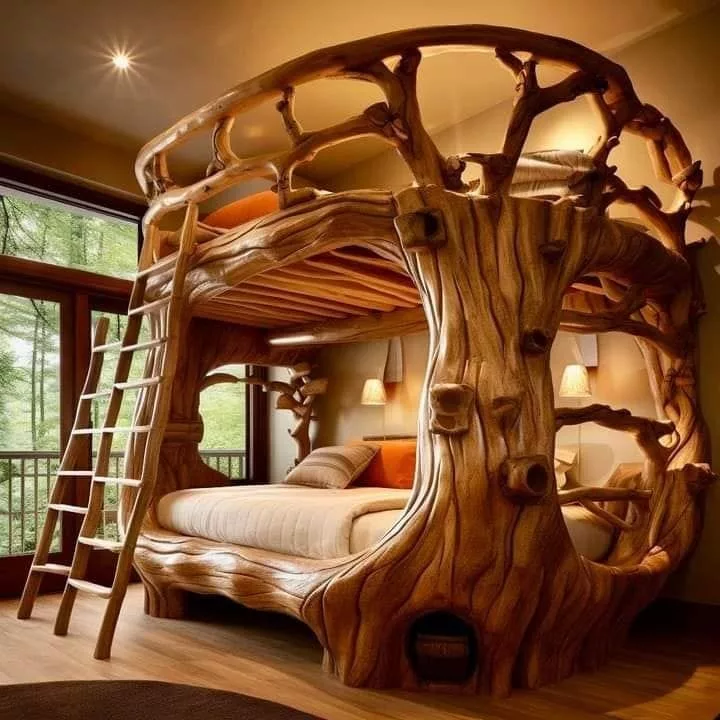
To achieve this, use a spacer between each slat during assembly. A spacer helps maintain consistent distance, preventing any issues with weight distribution on the mattress.
Quality Materials
Using high-quality materials for the slats is crucial for ensuring the longevity of your bunk bed. Opt for sturdy 2×6 wooden boards that can withstand daily wear and tear.
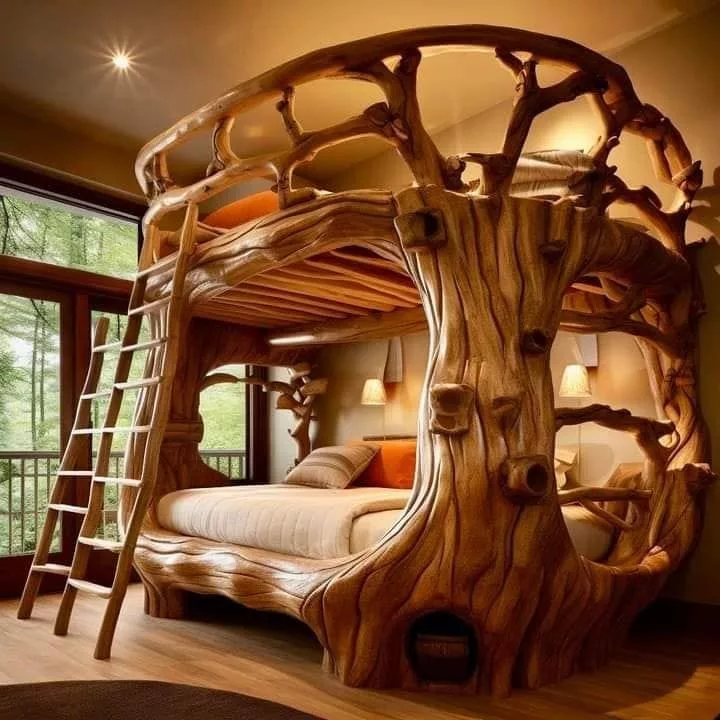
Consider incorporating steel reinforcement points at key stress areas where the slats meet the bed frame. This extra reinforcement enhances durability and stability.
Supporting the Mattress
The primary purpose of slats in a bunk bed design is to provide essential support for the mattress. They distribute weight evenly across the bed frame, preventing premature wear and extending the mattress’s lifespan.
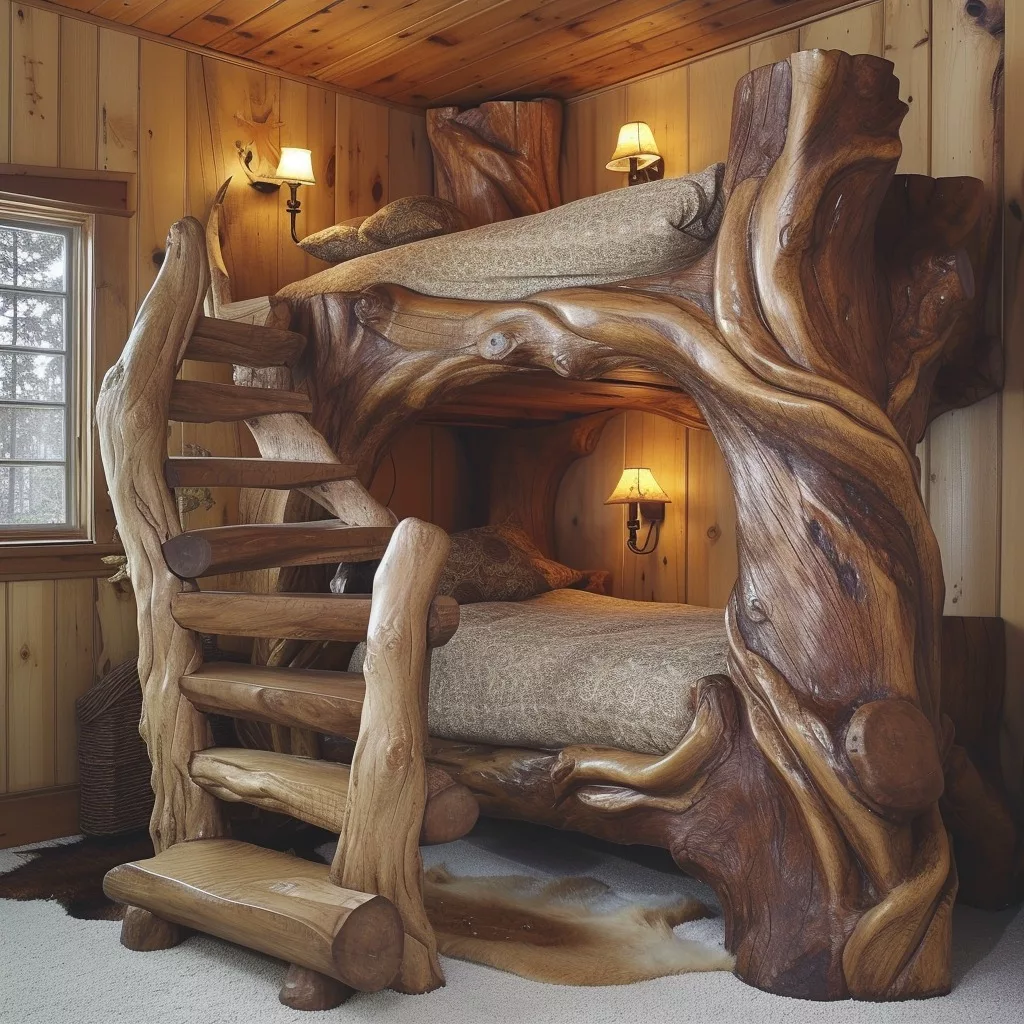
By utilizing pocket hole screws or other secure fastening methods, you can securely attach each slat to the bed frame. This ensures stability and prevents shifting during use.
Diagrams and Plans
Referencing detailed diagrams or plans during assembly can streamline the process significantly. These visual aids offer step-by-step instructions on how to position each slat correctly within the bed frame structure.
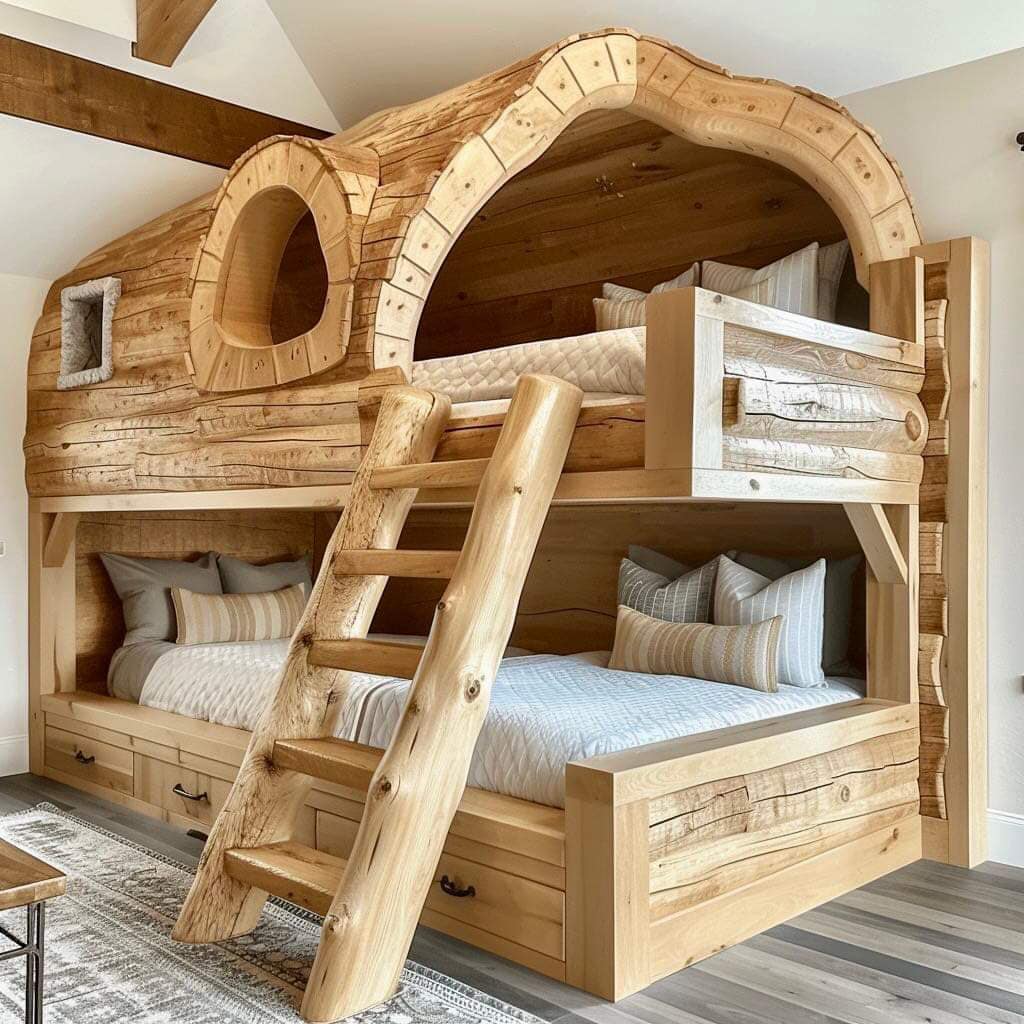
Read more: Elevate Childhood Adventures: Treehouse-Inspired Bunk Bed Delights
Consider using a jig to create precise pocket holes for attaching slats efficiently. A well-organized approach will result in a sturdy bunk bed that meets safety standards.
Leg Assemblies Guide
Attaching Legs
To ensure stability and durability, it’s crucial to attach the legs securely to the bed frames. Begin by aligning the legs with the corners of the bed frame, using appropriate screws for a tight fit.
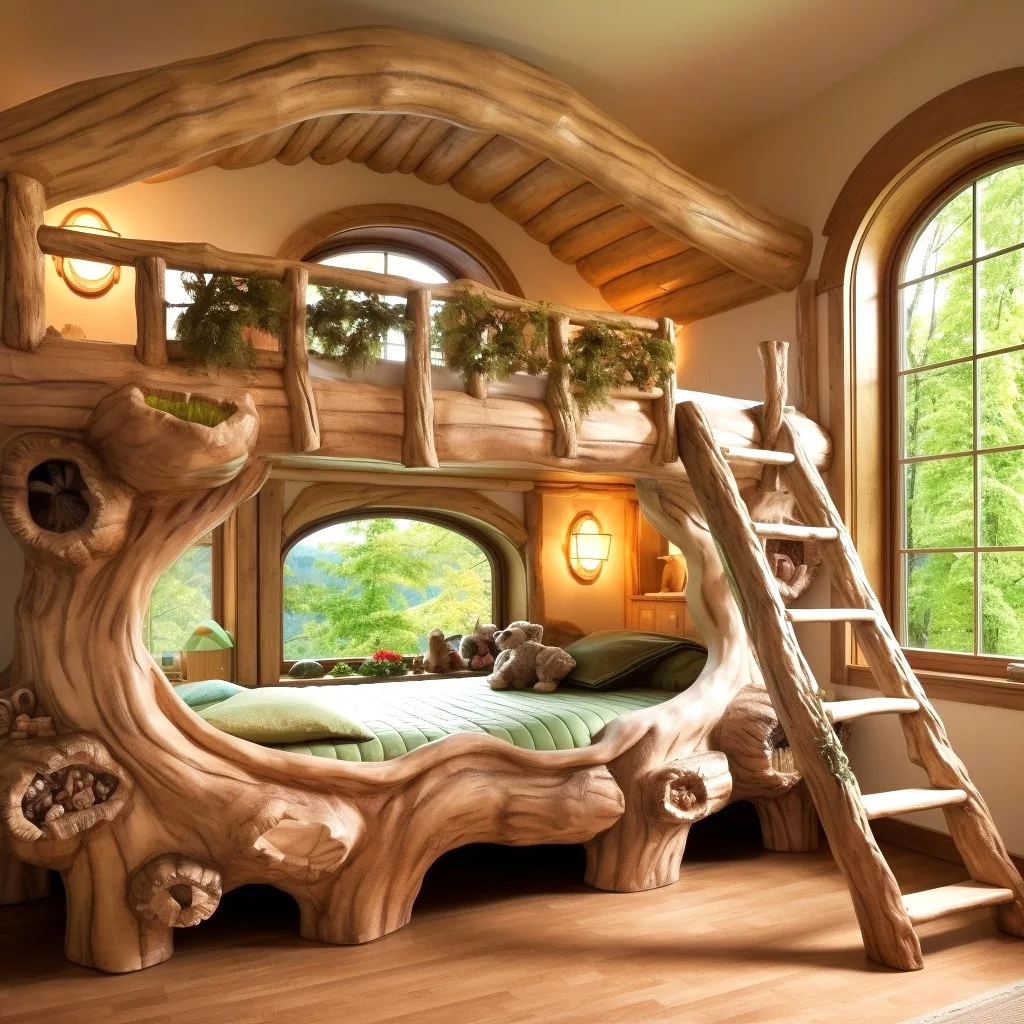
The process of attaching the legs involves drilling pilot holes into both the legs and bed frames before screwing them together. This step enhances stability and prevents splitting of wood during assembly.
Stability and Weight Distribution
The legs play a vital role in providing stability to the bunk bed structure. They bear the weight of multiple sleepers, ensuring even weight distribution across all four corners for enhanced safety.
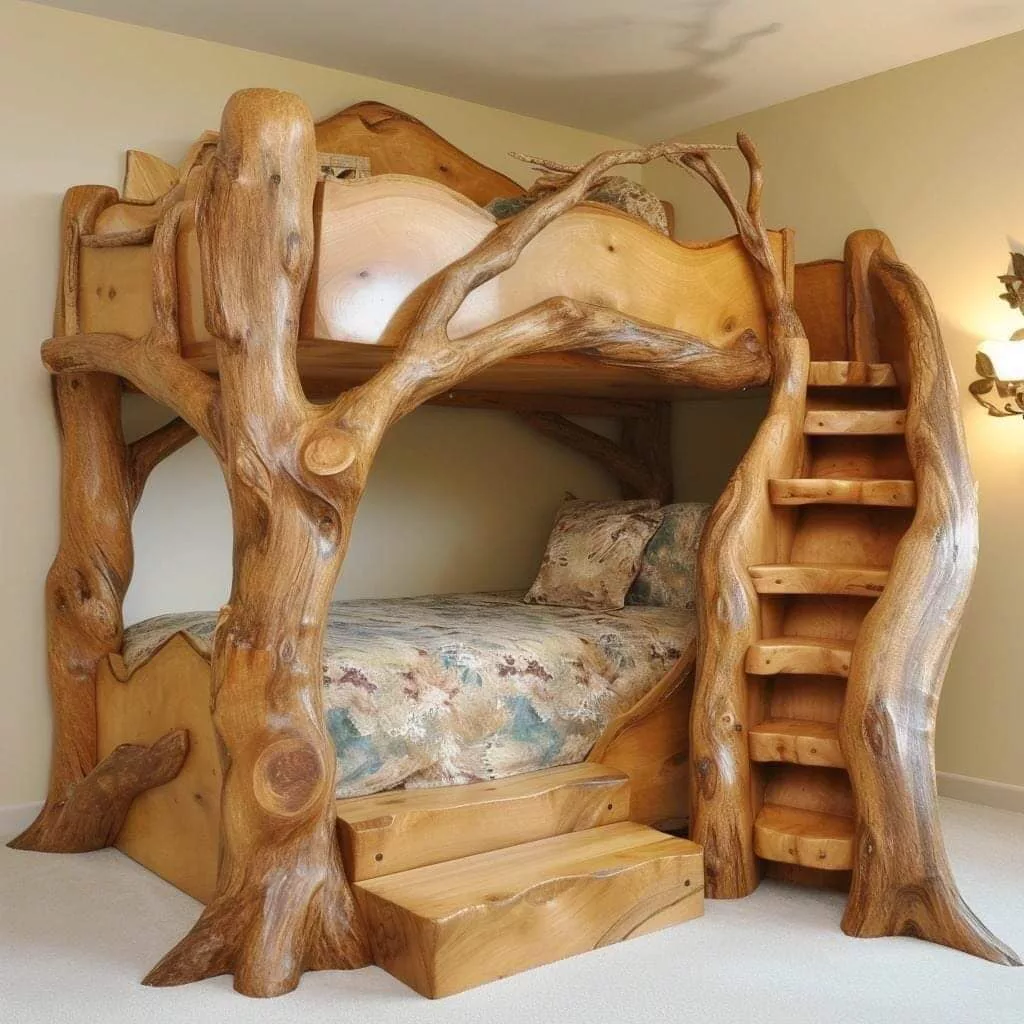
Properly attached legs prevent wobbling or tilting of the bunk bed, especially when transitioning from sitting to lying down positions. Reinforcing these connections is essential for maintaining structural integrity over time.
Safety Reinforcement Tips
To further enhance safety measures, consider reinforcing leg connections with additional brackets or corner braces. These reinforcements provide extra support against lateral forces that may occur during regular use.
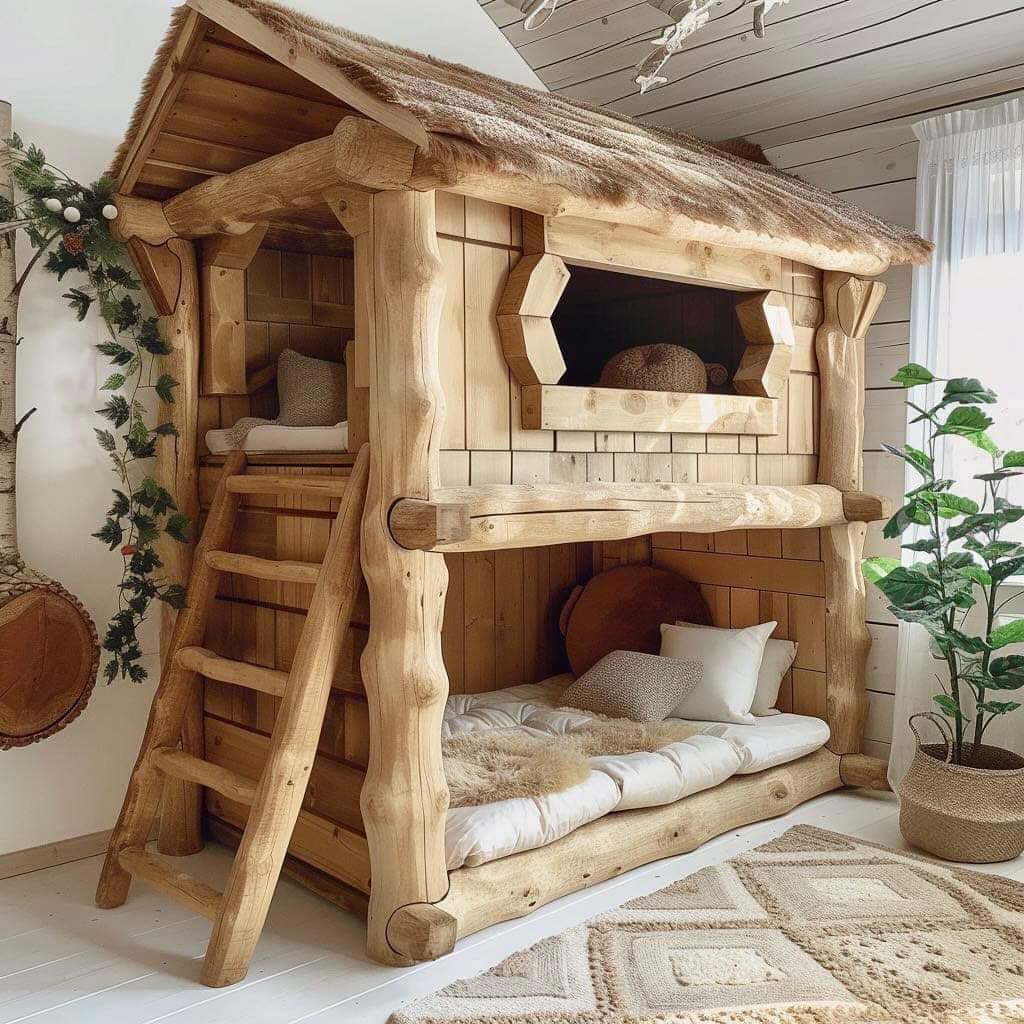
Regularly inspecting leg attachments and tightening any loose screws can prevent accidents caused by unstable structures. Prioritizing safety by reinforcing leg connections ensures long-term durability and peace of mind.
Read more: Butterfly Bed: Exploring Options & Bedroom Decor Ideas
Final Assembly Steps
Checking Connections
Inspect all connections to ensure they are secure and tightly fastened. Tighten any loose bolts or screws.
It is crucial to check for any gaps between the bed frame components. Even small gaps can compromise the stability of the bunk bed.
Final Inspection
Before allowing anyone to use the bunk bed, conduct a thorough final inspection. Ensure all parts are correctly assembled according to safety standards.
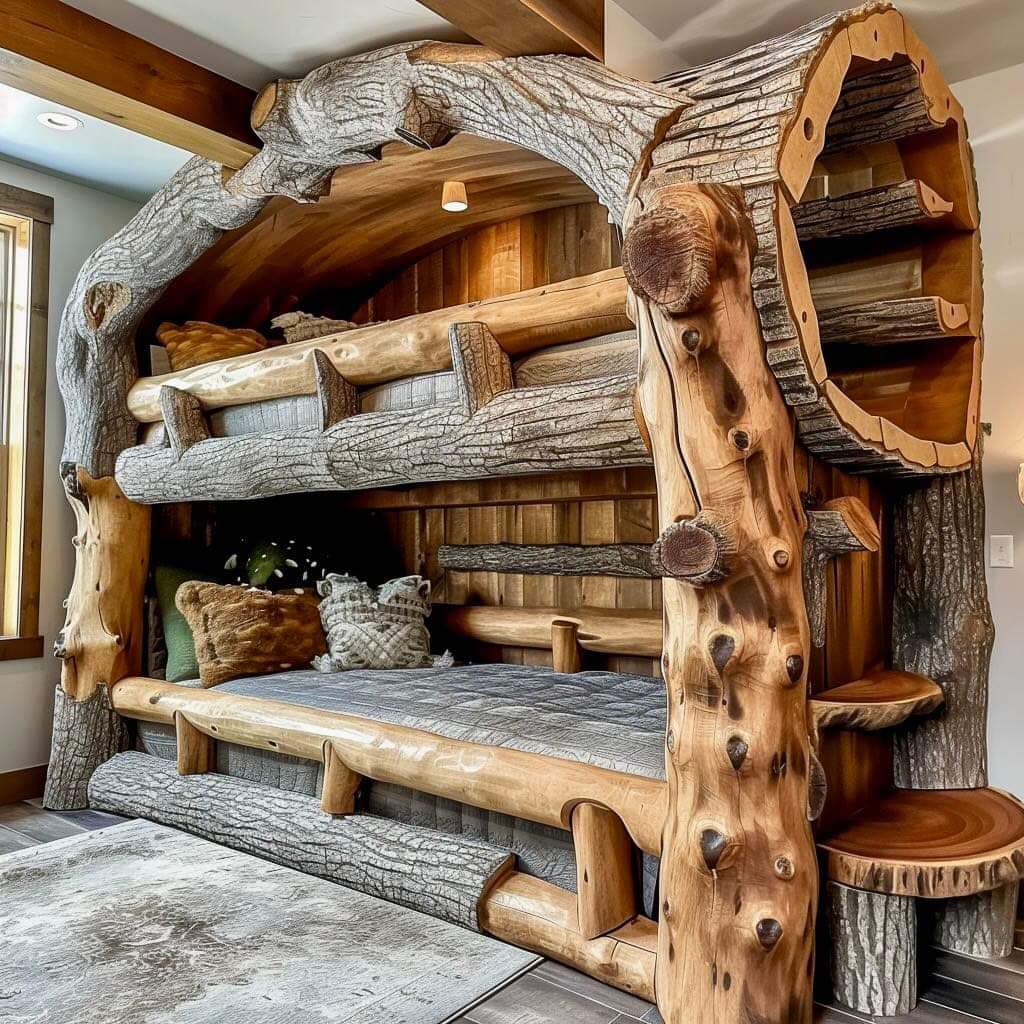
- Verify that all safety rails are securely attached.
- Double-check that the ladder is stable and properly installed.
- Test each slat to confirm they can support weight effectively.
Completing these final steps will guarantee that your wooden bunk bed is safe and ready for use.
Finishing Touches for Beds
Wood Finishing Options
Consider various finishing options like staining, painting, or sealing. Staining enhances the natural beauty of the wood grain, while painting allows for customization with different colors. Sealing protects the wood from moisture and damage over time.
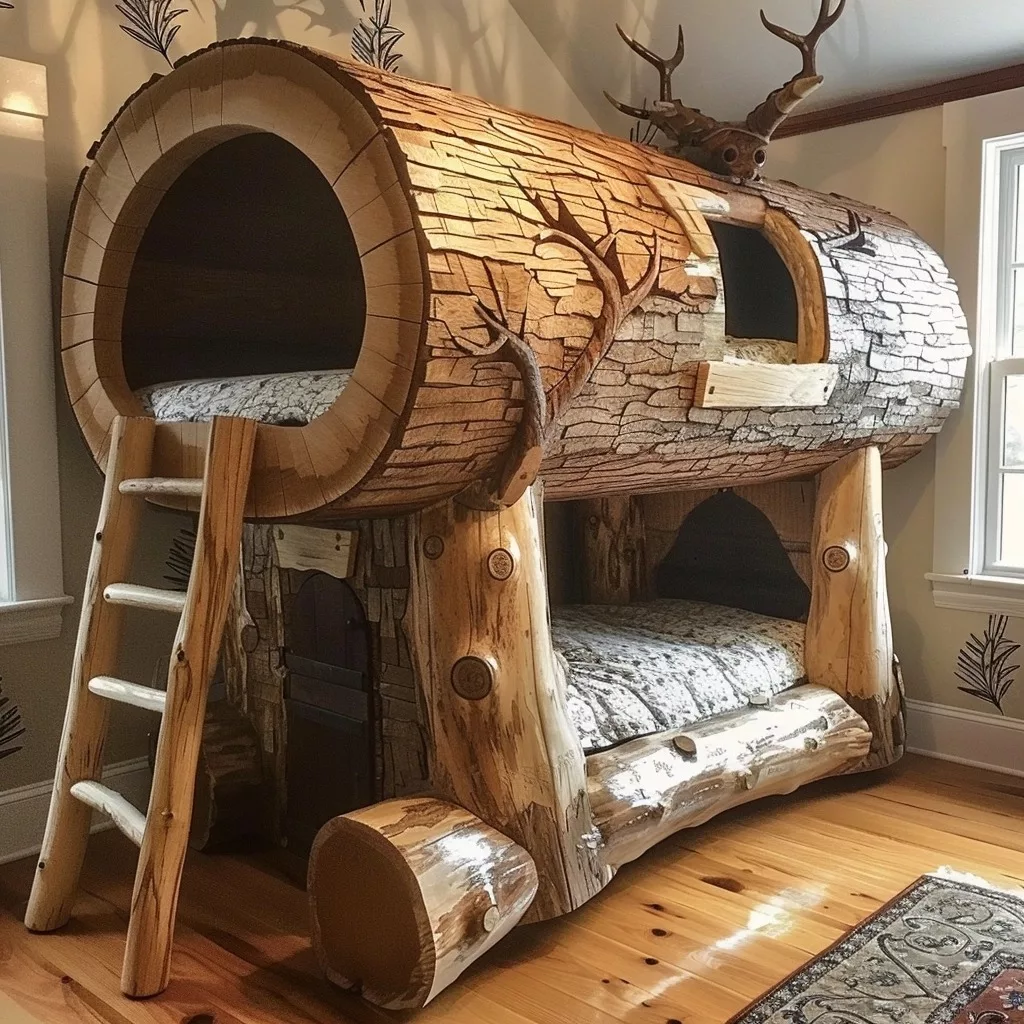
Protecting Your Investment
To ensure longevity and durability, it’s crucial to protect your bed storage investment from wear and tear. Consider applying a clear coat of sealant to prevent scratches and water damage. Regularly inspect the mattresses for any signs of wear and rotate them periodically for even distribution.
Personalizing Your Space
Adding personal touches to your beds can elevate the overall aesthetic of the room. Incorporate decorative elements such as throw pillows, blankets, or wall art to create a cozy atmosphere. For themed rooms, opt for accessories that complement the design scheme.
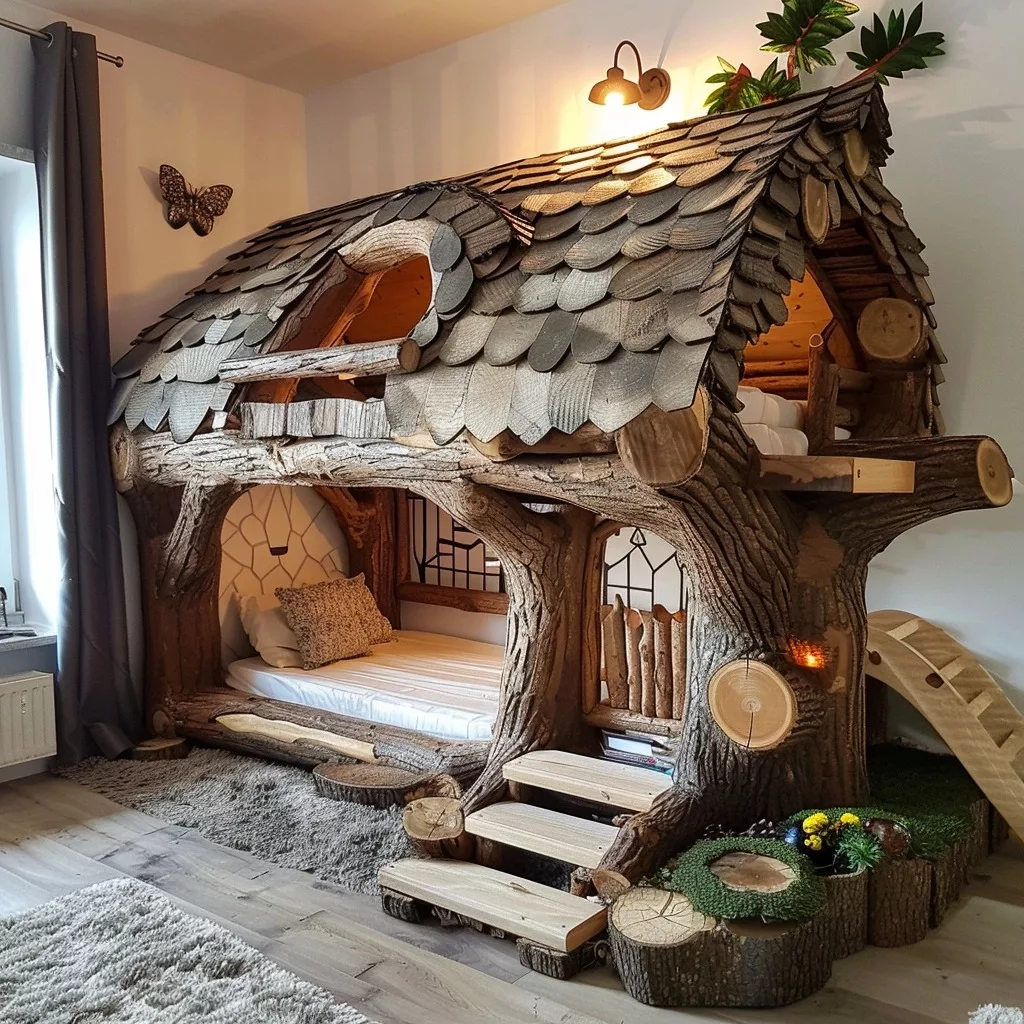
Closing Thoughts
You’ve learned about the benefits of wooden bunk beds, explored various designs, and mastered the steps to construct your DIY bunk bed. By following the guide meticulously, you’re now equipped with the knowledge and skills to create a sturdy and stylish bunk bed that suits your needs. Remember to pay attention to details during assembly for a flawless final product.
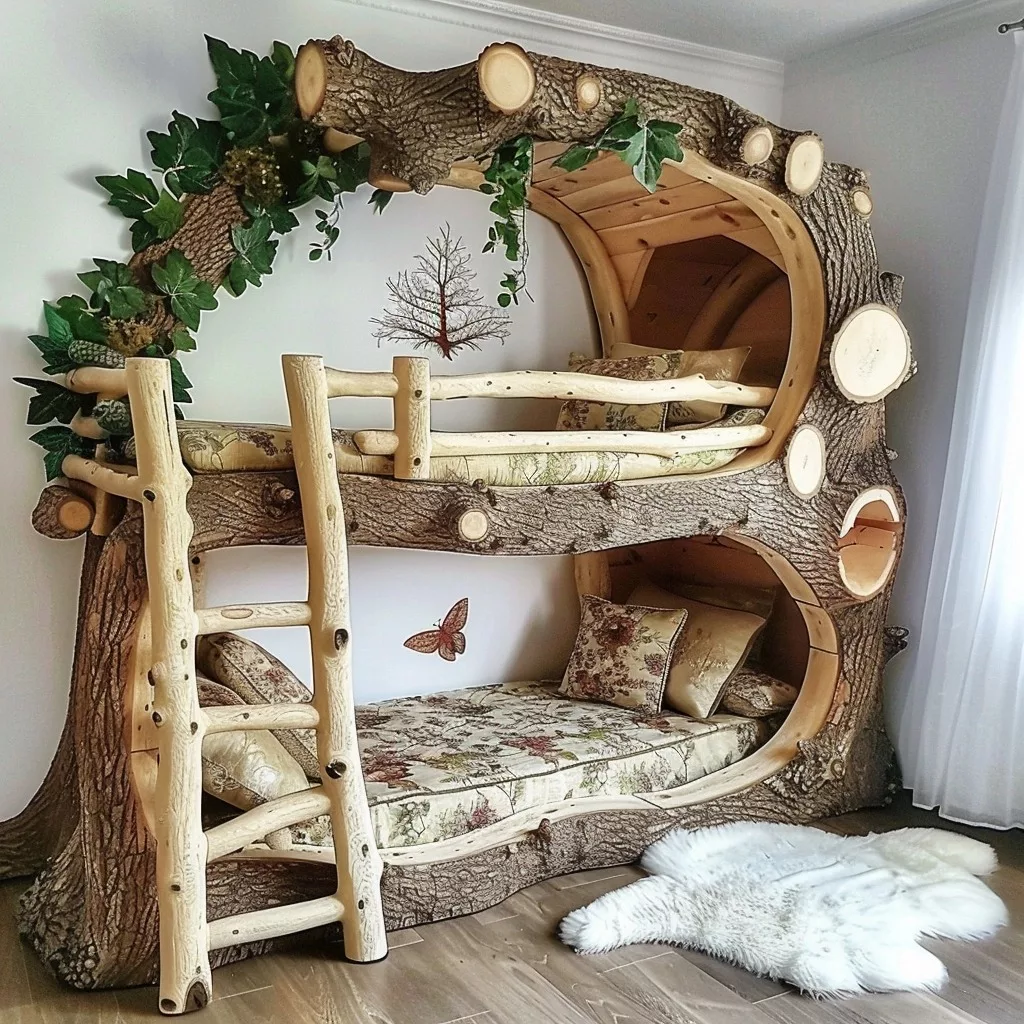
Take pride in your craftsmanship and enjoy the satisfaction of completing this project. Whether it’s for your children’s room or a guest bedroom, your custom-made wooden bunk bed will not only save space but also add a personal touch to your home. Now, go ahead and start building your dream bunk bed!




